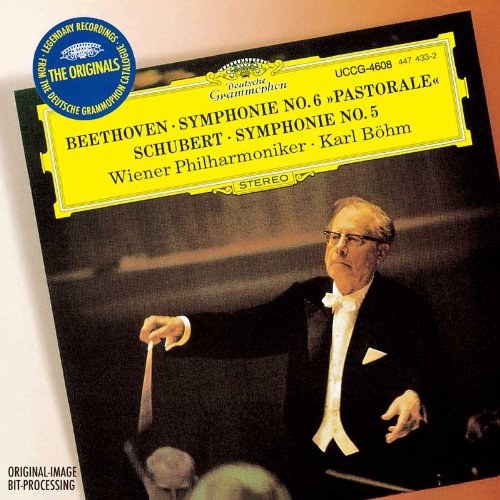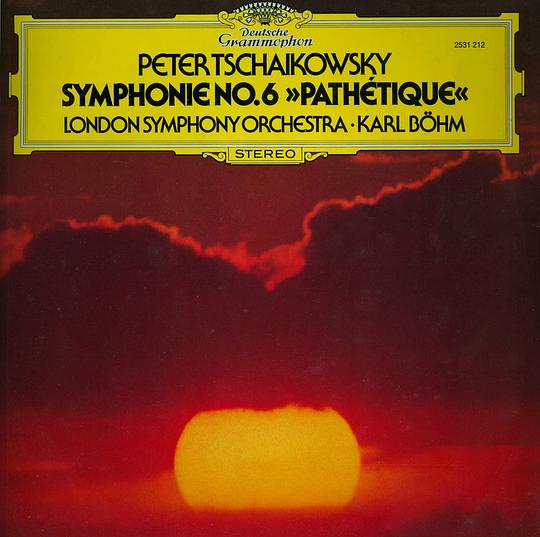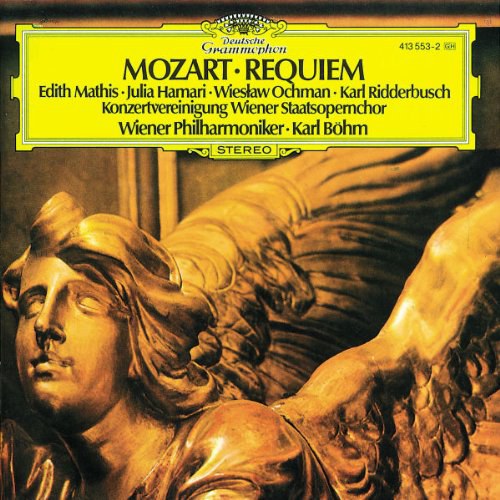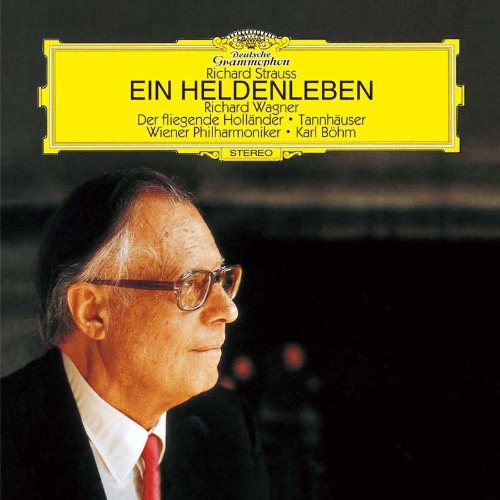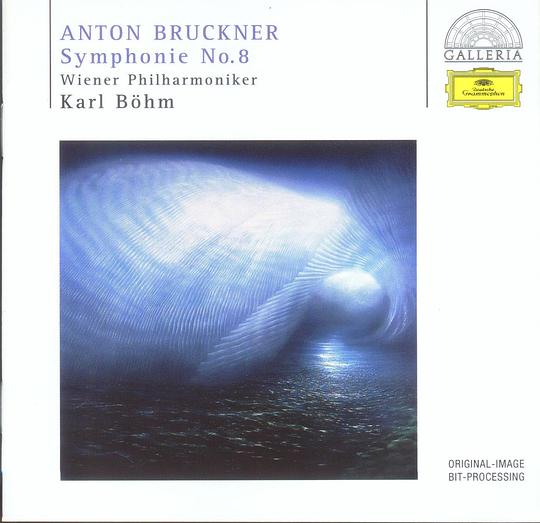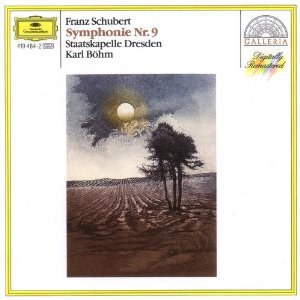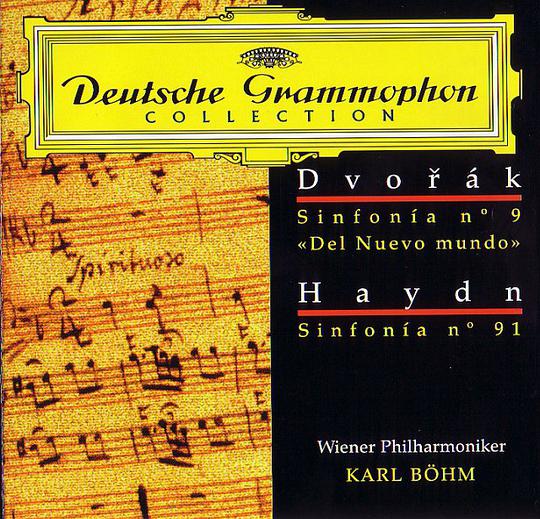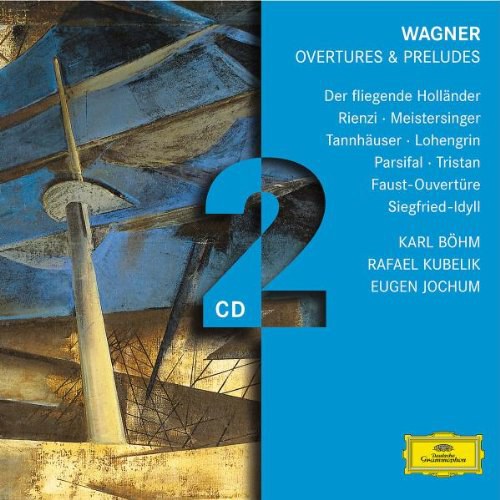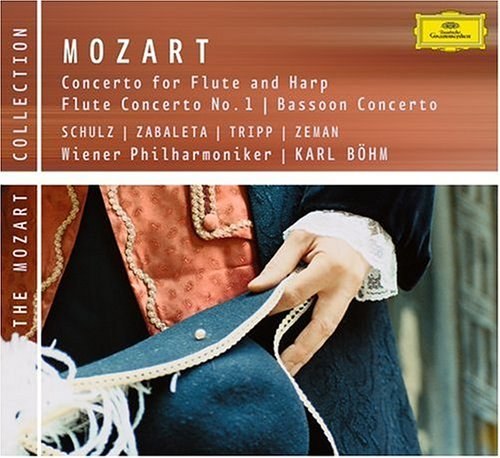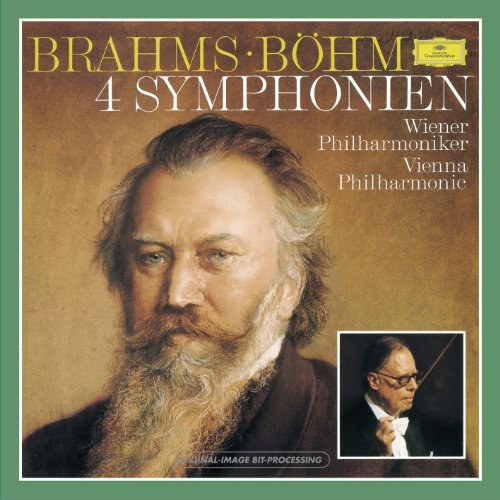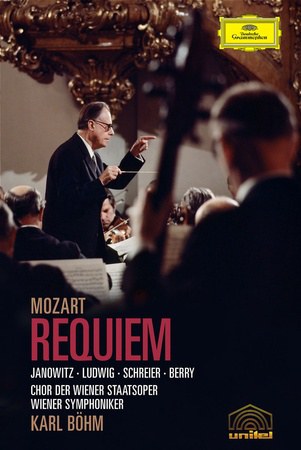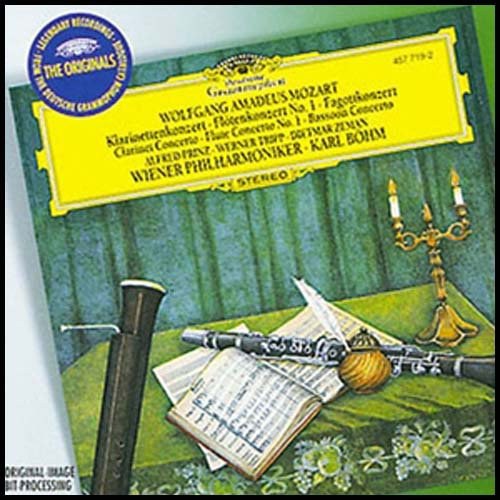Each of Tchaikovsky's last three symphonies concerns the conflict of a courageous but deeply vulnerable personality with a mysterious Fate. In the Fourth, the symphony eventually turns away from the battering Fate theme to a Tolstoy-like absorption into peasant innocence; in the Fifth, the Fate theme is, somewhat over-insistently, forced into triumph.
Tchaikovsky's first thoughts for a Sixth Symphony were that it should be about Life; and in the autumn of 1892 he sketched four movements of a work in E flat before abandoning it. In February 1893 he took up another scheme, and within days had outlined some of the music, as he told his nephew Bob Davydov:
"At the time of my journey (to Odessa) I had an idea for another symphony, this time with a programme, but a programme of a kind that will remain an enigma to all - let them guess, but the symphony will just be called Programme Symphony (No.6). This programme is permeated with subjective feeling, and quite often on my journey, composing it in my mind, I wept copiously ... Formally there will be much that is new in this symphony, and incidentally the Finale won't be a loud Allegro, but, on the contrary, a very slow-moving Adagio." By the the middle of August the orchestration was finished. The first performance was given in St. Petersburg on 16 October (old style), with Tchaikovsky himself conducting. It was somewhat coolly received. A few days later, he alarmed friends by seizing a glass of unboiled water in a restaurant and drinking it: there was cholera in the city. Within days, he was seriously ill; and on the morning of 25 October, with some of his family and friends gathered by his bed, he died.
The symphony is thus Tchaikovsky's last engagement with the idea of a sensitive soul tormented, and here finally defeated, by Fate - and there can be little doubt that he was describing the misery which his homosexuality had brought into his life. That this could only be resolved by death, in other words that there was no answer, is suggested by the use of the slow final Adagio which, in sketches for the projected "Life" symphony, was to signify death. Even in the first movement, the idea is never far off; for though this is a sonata form movement (after a slow introduction), with an energetic first subject and a passionate second subject recalling Tchaikovsky's beloved Carmen, the dramatic climax of the movement produces some of the most violent music he ever wrote and, built into it, a quotation from the Orthodox Requiem. The waltz movement which follows is no longer, as so often with Tchaikovsky, escape or diversion but a limping, maimed waltz, with a beat missing from it's rhythm. Similarly the march movement which follows has, for all it's superficial energy, a barrenness at it's heart (the intervals of the tune are bleak fourths), and a quality which can come to seem close to panic.
It is after all that has gone before that the agonized phrases of the finale make their most profound effect. In structure and expression, they embody a helpless decline into nullity, and a grief and silence which all the energy and passion cannot stem. It is a true finale to a symphony which, whatever the detail of its secret programme, describes a sensitive, vital and doomed personality. Pondering a title for it on the morning after the première, Tchaikovsky was offered "Pathetic" by his brother. So it has remained. The associations of weakness in the English word have been misleading; for this is not a work of pathos, but Tchaikovsky's Symphony of Suffering.
John Warrack
